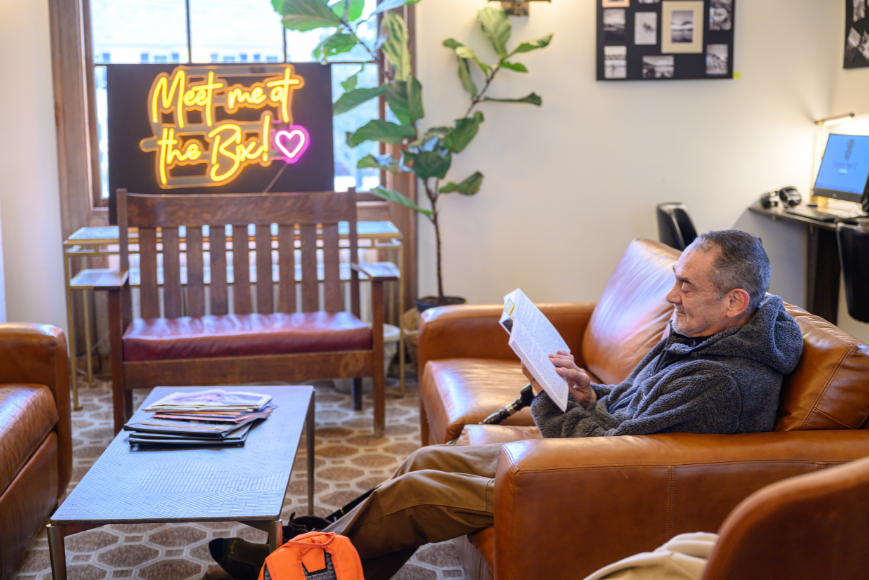
In today’s complex world, substance use remains a pressing public health issue—one that affects not only individuals but entire communities. As we search for innovative and compassionate ways to tackle this challenge, one often-overlooked ally is right in the heart of our neighborhoods: the public library. With their open-door policy and trusted presence, libraries are uniquely positioned to support substance use prevention. One of the biggest assets is that libraries are in most communities that do not have access to programs outside of their areas. The libraries bring those programs to them.
The Vermont Prevention Lead Organization (VPLO) Region 2 sends newsletters to libraries with resources they can share with their communities. The newsletter includes a poster with book recommendations on that month’s topic and local and national resources (ex., Turning Point Center, hotlines, etc.). Topics can range anywhere from building community to brain development and the effects/risks of substance use. The libraries are given the opportunity to display these posters showing the books that correlate to them, as well as physical resources. The library is a safe environment where everyone can access resources, use a computer to do schoolwork or look for a job, a place to hang out, and find community with other people.
One of the biggest barriers to substance use prevention is stigma. Many people struggling with substance use disorders, or those at risk, feel isolated and judged. Libraries, with their inclusive ethos, can help break down these walls. By displaying posters about recovery resources, encouraging conversations through book clubs, or simply training staff in trauma-informed approaches, libraries can signal that everyone is welcome, accepted, and supported.
Prevention is all about building community by increasing protective factors and decreasing risk factors. We can build healthier and happier communities using our libraries. We have seen successes working with libraries, such as connecting libraries with organizations to facilitate Narcan trainings and sharing UVM’s Cannabis Tolerance Break Guides. The librarians we have spoken with love the collaboration and want to help their communities as much as they can. Substance use prevention requires all hands on deck: schools, families, law enforcement, healthcare systems, and yes—libraries. As trusted, non-threatening, and resource-rich environments, libraries offer a natural gathering point for information-sharing and support. They are spaces where questions can be asked without judgment, and where lives can quietly and powerfully begin to change. By investing in libraries as centers of prevention, we invest in healthier, more informed, and more connected communities.
Please visit this page for a list of libraries in Addison County.
Author: Katarina Huggins, Drug Demand Reduction Operator, Vermont Army National Guard Counterdrug & Vermont Prevention Lead Organization (VPLO) Region 2